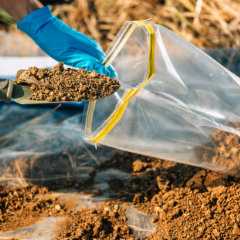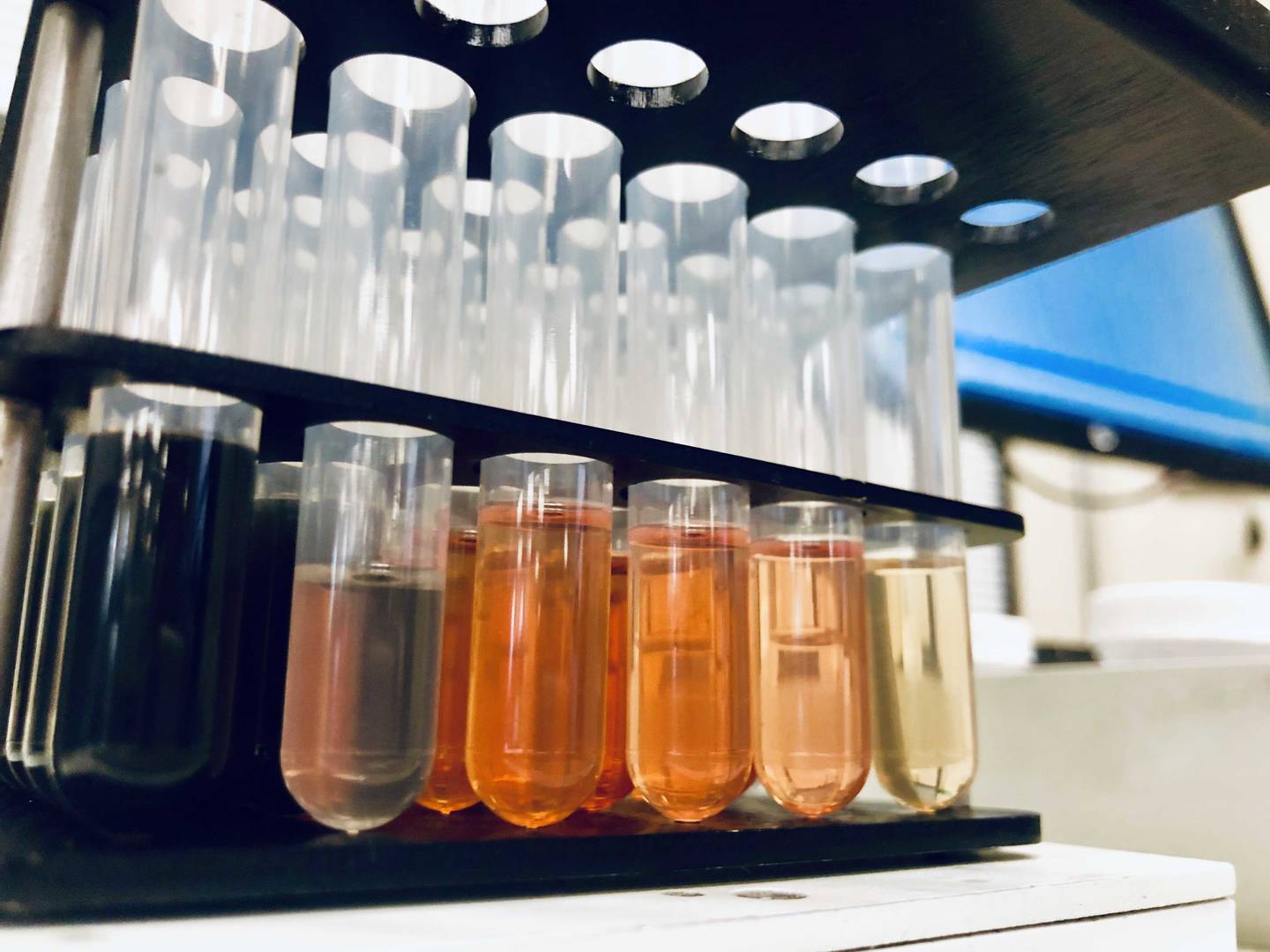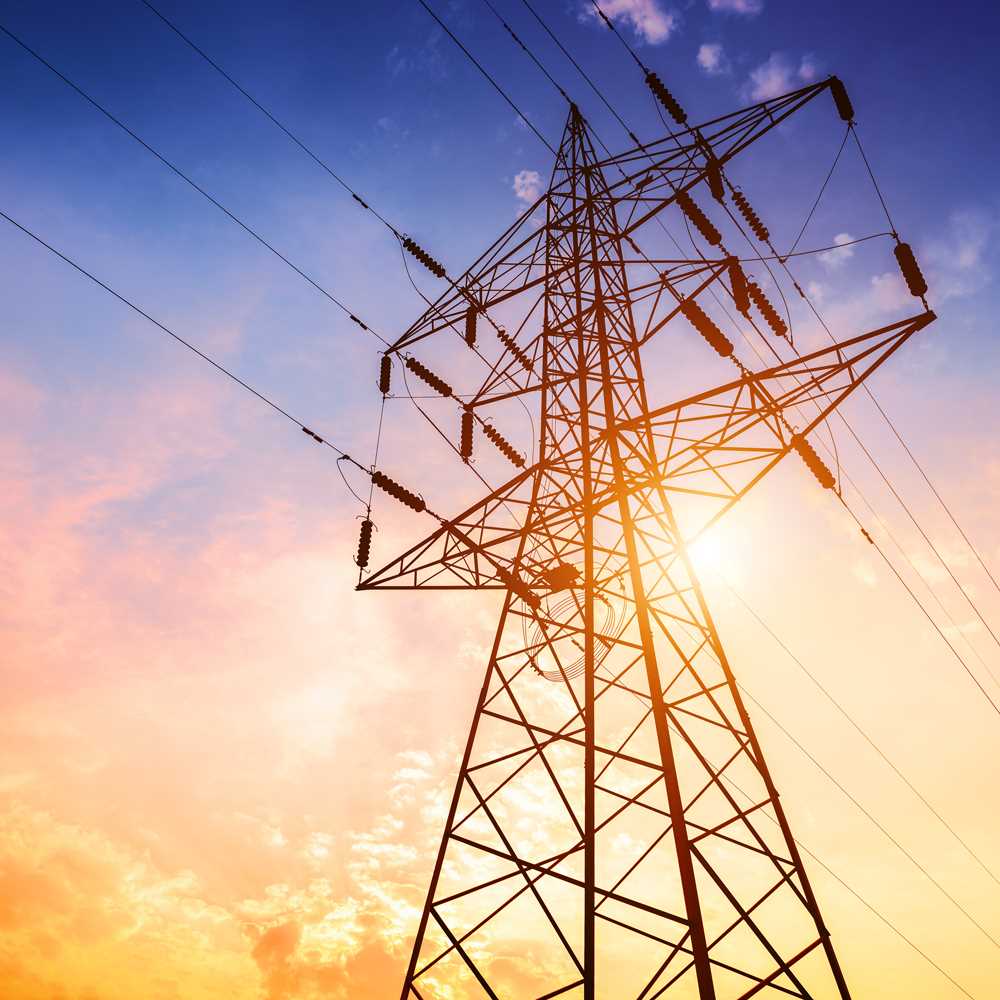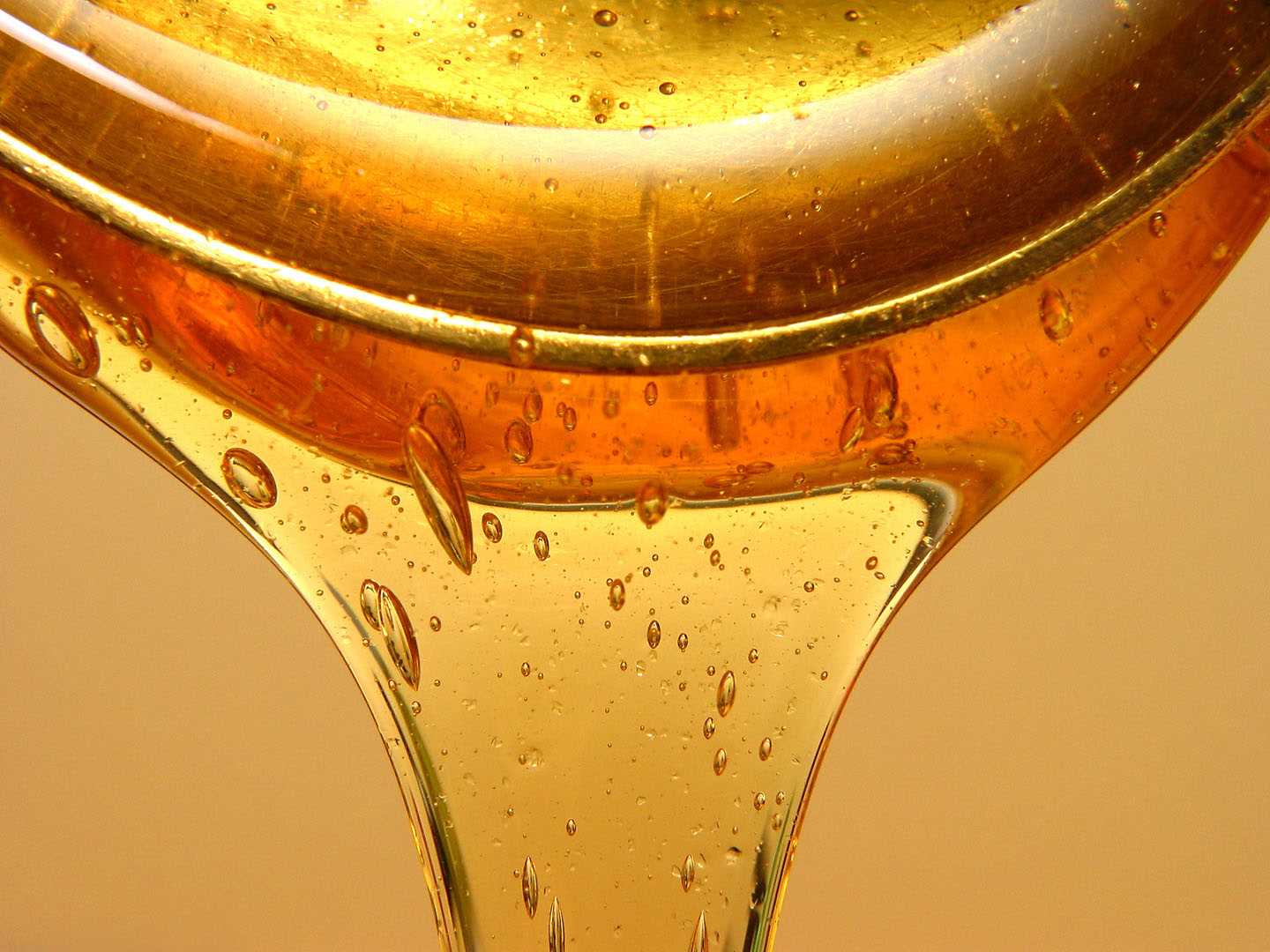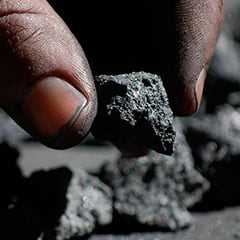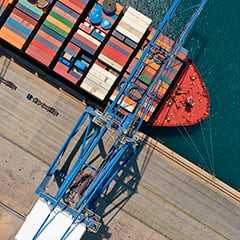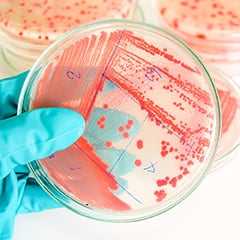EnviroMail 51 Canada - Cause & Prevention of Bias on Dissolved Selenium due to Volatile Selenium Species
Measurements of dissolved selenium that exceed total selenium are relatively common with ICPMS, sometimes by a significant margin, although clearly this points to an impossible relationship.

This bias is often due to the presence of volatile selenium species, which cause enhancement of instrumental response for dissolved selenium. ALS now offers direct ultra-trace analysis of volatile selenium species to explain this phenomenon, as well as a modified dissolved selenium method to eliminate this bias if observed.
Environmental & Biological Importance of Selenium
Selenium (Se) is a naturally occurring element with a relatively low overall abundance in the earth's crust. In animals, it is an essential micronutrient required for various proteins essential to life. However, there is a narrow threshold between nutrient requirements and toxicity, and environmental contamination of selenium has detrimental effects, particularly on aquatic ecosystems. Selenium impacts to the environment typically involve the introduction of inorganic selenium from mining or other industrial activity into various receiving environments. Lentic slow-moving waters, such as marshes, lakes, and ponds tend to be more adversely impacted by selenium contamination than faster-flowing waters due to the forms of selenium that tend to exist in these environments, along with the prevalence of sensitive aquatic receptor species they support.
Selenium has emerged as a pollutant of global concern, particularly for these types of freshwater aquatic ecosystems. Awareness and regulatory controls of selenium in waters and biota are expanding as more is learned about its complex relationships in the environment.
Why Speciation of Selenium Matters
Selenium is chemically very similar to sulfur, with shared oxidation states and similar properties. Like sulfur, selenium can be metabolized in many cellular pathways within plants and animals. Bioaccumulation of selenium has been shown to be highly detrimental to aquatic life, especially to yolk-bearing vertebrates like fishes, aquatic birds, and amphibians. The form of selenium present in the environment is one of the largest factors causing bioaccumulation; some organoselenium compounds can be more bioavailable than inorganic forms (SeIV, SeVI) by a factor of ~100x or more.
Because of their significant bioaccumulation potential, organoselenium substances behave like mercury and other persistent organic pollutants in aquatic ecosystems. Unlike mercury, however, bioaccumulation of selenium is difficult to predict and model due to its additional role as an essential micronutrient. This poses challenges with respect to regulatory guidelines and assessing the impact of selenium concentrations within these environments. Knowledge of the selenium species present in aquatic ecosystems is critical to understanding the potential for bioaccumulation and ecological harm.

Explanation of Apparent D>T Selenium Bias
ALS has been aware for many years that in some water samples, dissolved (D) selenium measurements can be significantly higher than total (T) selenium measurements. Multiple peer-reviewed journal articles in the literature clearly attribute a cause of this phenomenon to instrumental signal enhancement due to the presence of volatile reduced organoselenium species; this occurs with ICPMS and other methods that use nebulization for sample introduction. ICPMS instruments are calibrated by nebulizing inorganic selenium reference standards (typically as selenite, Se4+) through a spray chamber prior to entering the plasma of the instrument.
For inorganic selenium species, transport efficiency from sample to plasma is low, roughly in the range of 1-2%. In contrast, volatile selenium species can form a gas when nebulized, causing their transport efficiency to be greatly enhanced in comparison to inorganic calibration standards. This causes magnification of the ICPMS signal response when volatile selenium species are present – resulting in a false positive bias in the measurement result. The two most prevalent volatile selenium species are Dimethyl Selenide (DMSe) and Dimethyl Diselenide (DMDSe).
ICPMS enhancement factors from these species can vary substantially with different instruments and analysis conditions but can be as high as 60x for Dimethyl Selenide (DMSe). This means the presence of even trace levels of volatile selenium species can cause very significant false positive biases to dissolved selenium measurements, making dissolved selenium measurements appear higher than total selenium concentrations.
Resolving D>T Selenium Bias
ALS has conducted numerous studies that have confirmed that the BC Lab Manual Digestion for Total Metals in Water eliminates the enhancement bias for volatile selenium by oxidizing the common volatile species to inorganic selenium — which is detected and measured normally. This is the reason why volatile selenium species do not cause false bias on total selenium measurements.
In samples where significant D>T selenium measurements are observed, this is an indication that volatile selenium species are likely present. In these cases, ALS recommends an alternate method for dissolved selenium where the Total Metals digestion is applied to the filtered and preserved dissolved metals sample, which eliminates false positive bias due to volatile selenium species. For such samples, we also highly recommend direct analysis for volatile selenium species and for inorganic and other common organic selenium species, to provide a full understanding of selenium species concentrations in the sample.
Direct Ultra-Trace Analysis of Volatile Selenium
To support the increasingly challenging interpretation of selenium species distribution in the environment, ALS has developed a new ultra-trace method for the analysis of volatile selenium species, including DMSe, DMDSe, and unidentified volatile Se species. This method uses state of the art GC-ICPMS instrumentation with static headspace sample introduction to quantify these species to an incredibly low reporting limit of 2 ng/L — which is 25x lower than our reporting limits for T-Se and D-Se (and >200x lower than our previous test for DMSe and DMDSe).
This method can be used to reliably confirm and quantify the presence of volatile Se species down to the ultra-trace levels that can cause false bias on dissolved Se analysis. ALS is one of very few laboratories anywhere offering this analysis.
Table 1. Test & Sampling Details for Total & Dissolved Selenium
| Total Selenium | Dissolved Selenium |
Digested Dissolved Selenium |
|
| Test Method | ICPMS | ICPMS | ICPMS |
| ALS Test Code | E420 | E421 | E423A |
| Limit of Reporting | 0.050 µg/L | 0.050 µg/L | 0.050 µg/L |
| Sample Containers & Preservation |
60 mL HDPE, HNO3, pH < 2 |
60 mL HDPE, Field Filtered, HNO3, pH < 2 |
60 mL HDPE, Field Filtered, HNO3, pH < 2 |
| Holding Time | 6 months | 6 months | 6 months |
Sampling & Test Details for Volatile Selenium
An important consideration with volatile selenium species is that the standard sample collection protocols for trace metals are insufficient for the quantitative retention of volatile substances. Zero-headspace sampling is required to achieve accurate analytical results for volatile selenium species. For the vast majority of environmental waters, the relative proportion of volatile selenium species is insignificant in comparison to the more prevalent selenium species, so full recovery of all volatile selenium species is rarely an important consideration for dissolved and total metals analysis.
Table 2. Volatile Selenium Analysis Details
| Volatile Selenium Species | Limit of Reporting |
| Dimethyl Selenide (as Se) | 0.0020 µg/L |
| Dimethyl Diselenide (as Se) | 0.0020 µg/L |
| Unidentified Volatile Se Species | 0.0020 µg/L |
| Sampling Details | |
| Test Method | GC-ICPMS |
| ALS Test Code | E546 |
| Sample Containers & Preservation |
2 x 40 mL amber glass, zero-headspace, chill (≤ 6°) HNO3 (pH <2) |
| Holding Time | 7 days |
Industry standard sampling protocols for metals are suitable and fit-for-purpose except where direct and accurate measurement of volatile selenium species is sought. ALS Vancouver currently holds ISO 17025 accreditation for total and dissolved selenium by ICPMS and for select inorganic and organic species of selenium by HPLC-ICPMS. EnviroMail 17 provides more details about other selenium speciation tests offered by ALS Canada. Accreditation for Volatile Selenium species by GC-ICPMS is pending (expected ~November 2023).
New substances are frequently added to our list of accredited tests; please consult our CALA scope of accreditation for current status.


